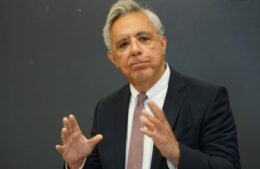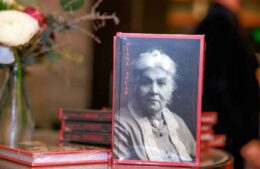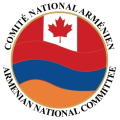Residents return to Kassab
- (0)
\n
Residents return to Kassab –
\n
\n
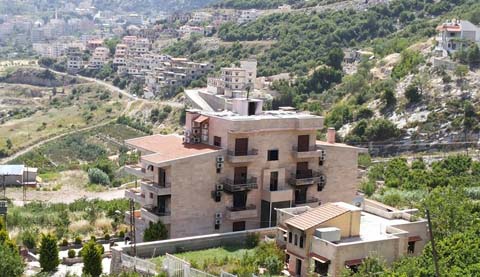
\n
No sooner had the Syrian army declared control over Kessab, the town on the border with Turkey in the countryside north of Latakia, than townspeople and clergy started flowing in to inspect the damage inflicted by the militants during the three months, in an almost complete absence of battles.
\n
“There are no traces of a major battle in the town,” said a resident who visited the area after its liberation, pointing out that his home, just like all other houses in the town, had been looted by armed militants. He explained that “destruction effects are evident in the town square and several houses on the town outskirts were burned down.”
\n
The road to Kessab is safe, according to a military source speaking to As-Safir. The source indicated that despite the accuracy of inspections at checkpoints leading into the town, the nature of the area, the church distribution in it and the active role played by the clergy facilitated the return of citizens to it. The source clarified that numerous young men and clerics entered Kessab when the army took control and that the army had also entered the nearby village of al-Nabaein, while combing operations were underway in al-Samra village before allowing the entry of civilians.
\n
\n
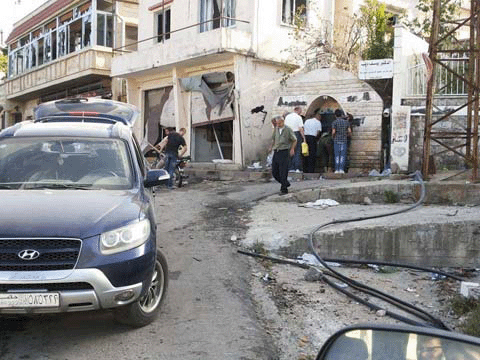
\n
\n
The town adjacent to the Turkish border was under the control of militants for 87 days. This period is summarized by the slogans and flags drawn by the militants on the walls of the town, by barricades and by empty houses, most of which are even left without furniture. The entry of militants into the town displaced about 600 families, in addition to dozens of families displaced from other parts of Syria who resorted to Kessab, which was considered to be safe as a result of the agreements signed between Syria and Turkey. These agreements specified that Ankara should protect the common border between the two countries through the deployment of military forces, while Syria should monitor its border by police stations, since the Syrian army is stationed at only 15 kilometers from the border.
\n
According to the pastor of the Armenian Evangelical Church in Kessab, priest Sevag Trashian, only three people (two men and a woman) refused to leave Kessab. After that, militants transferred 25 others to Turkey and from there to Lebanon (As-Safir revealed details of the release operation on May 17, 2014). The priest indicated that “these three persons are elderly people and they likely remained in their homes. Perhaps their age and health conditions led insurgents to ignore their presence.”
\n
\n
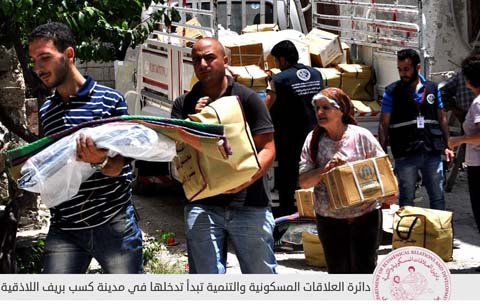
\n
\n
The priest, who rushed into Kessab after announcing it a safe area, said in an interview to As-Safir that “the archeological and religious monuments in the town are the most damaged; many of them were stolen, burned and vandalized by militants.” Trashian pointed out that “the four churches, described as ancient, in Kessab and the surrounding villages were all sabotaged and robbed,” stressing that the evangelical church is the most affected, as it is located in the town square.
\n
On the other hand, Syrian official sources indicate that the town’s residents have started to return to their homes. A local source confirmed to As-Safir that these families remain few in number given the complete destruction of infrastructure, adding that young men hailing from the town are coming in to Kessab on a daily basis from Latakia to check on their homes and carry out restoration work to allow the return of families.
\n
\n
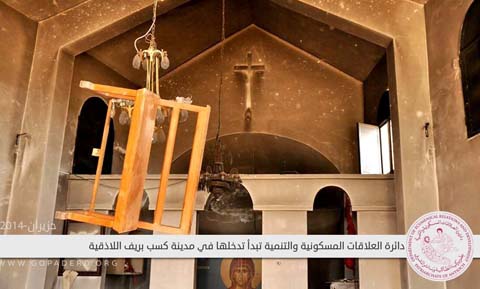
\n
\n
Maintenance work is in progress to restore electricity, communications and drinking water services to the town. The work is expected to be completed within several days in light of the government’s major efforts exerted for Kessab, given its location adjacent to Turkey and the fact that “Kessab Battle” is strategic at various levels, to quote an official source.
\n
In addition to the religious monuments that were damaged in the town, the militants’ entry caused a fire in the almost 150-year-old cultural center. Trashian described the scene, saying “they burned down the cultural center and sabotaged churches and their antique contents. All of these actions clearly show their nature and their objectives.” The priest clarified that inventories were ongoing to determine the damage and stolen items.
\n
Within the same context, official sources pointed to the return of some 250 families, with hundreds of other families waiting for the completion of repair and restoration work to the damaged infrastructure and the government promises of compensation for the afflicted town residents. Trashian posted on his Facebook page a photo of him in Kessab along with the following comment: “A month ago, a terrorist from Jabhat al-Nusra sat here and called for jihad. Today, we will rebuild our town again, God willing.”
\n
Al Monitor
\n
\n
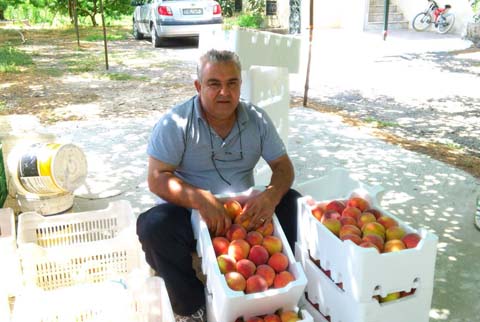
\n
\n
